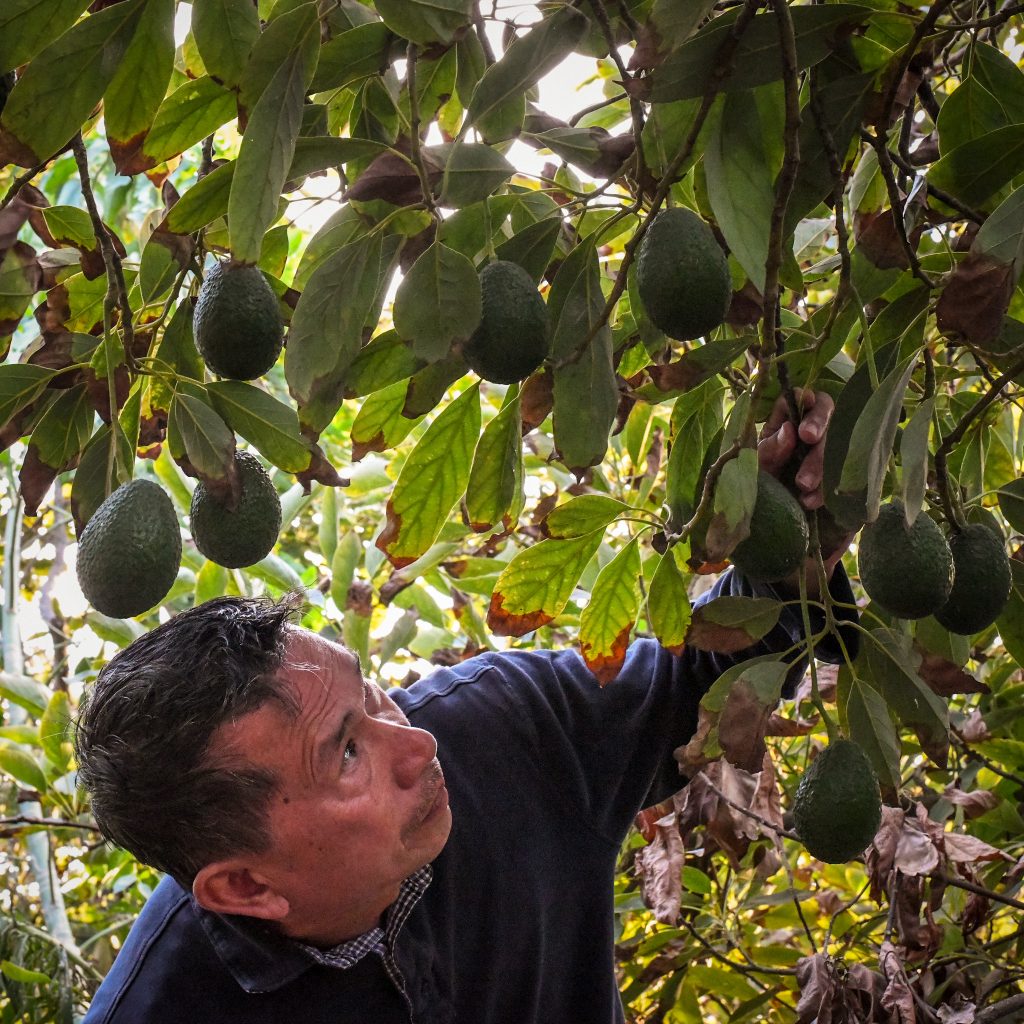One of the trendiest foods in the world is avocado. This fruit happens to be the poster child of millennial healthy eating and a mainstay for a lot of foodies.
Avocados make everyday meals taste better. You could use it on salads, eggs and sandwiches. You could even make the super famous avocado toast that turned into a homeownership meme.
These fruits, however, are becoming more expensive. A report from the Business Inside revealed that the prices of avocado have skyrocketed in the previous decade. The average national price of one Hass avocado back in 2019 reached $2.10.
If you’re not keen on spending $2 a pop for an avocado, you have the option to grow an avocado tree in your home.
Quick Facts About Avocados and Avocado Trees

An avocado, also known as an alligator pear, is a tree that originated in south-central Mexico. This bright green fruit has dark leathery skin and a large pit. The inside of the avocado features a yellowish or greenish flesh with a buttery consistency. Also, the fruit has a nutty and rich flavor. People use them to make guacamole and as an ingredient in some appetizers and desserts.
You can produce this pear-shaped fruit by growing an avocado tree. When the tree reaches maturity, it can reach a size of 20 to 35 inches wide and 30 to 60 inches tall. If you just let this plant grow, it will develop into a rounded or oval shape.
Growing an outdoor avocado tree, however, can be tricky, but growing it as an indoor plant is fun and easy. If you have enough patience, the seedling you plant in the pot will grow into a dwarf avocado tree. Take note, though, that the houseplant version is unlikely to bear fruit. Even if it does, the fruit produced by the offspring may not resemble the original.
Why Grow an Avocado Tree
If you’re not sure what tree to plant in your yard, consider planting an avocado. This fruit produced by this plant is full of health benefits. A few of them are the following:
A Good Source of Fat
Avocado is high in monounsaturated fat, a “good” kind of fat that helps reduce bad cholesterol. Just make sure to consume this fruit in moderation.
Low Sugar Content
The sugar content in a 100-gram avocado is approximately 0.7 grams. This is ideal for individuals who are trying to keep their blood sugar levels from spiking.
Packed with Vitamins and Minerals
Many dub the avocado as a “superfood” due to its nutritional value. This fruit provides nearly 20 minerals and vitamins, including vitamin E, vitamin C, vitamin B6, folate and potassium.
Helps Ward Off Diseases
A healthy lifestyle consisting of nutritious meals can help prevent and reverse diseases. One of the healthy food that you can add to your diet is avocado.
This fruit, for instance, may help ward off inflammation. Chronic pain can kick off many diseases, including arthritis, diabetes and Alzheimer’s disease. The vitamin E present in this superfood helps reduce inflammation in the body.
How to Grow a Fruit-Bearing Avocado Tree

Before we get to the tree planting process, here are few reminders:
First, growing an outdoor avocado tree takes a lot of work. If you don’t have the time nor the energy to take care of plants, you’re better off sticking to the indoor plant version instead.
Second, you need to wait years for your avocado tree to bear fruit. You heard it right — years. This plant can take anywhere from 5 to 13 years to start producing fruit. This is why grocery store avocados are expensive.
If you’re looking to cut corners, you could purchase and plant grafted, four-feet tall trees from Amazon. They may yield fruit in three or four years (no guarantees, though).
Third, if you’re going to grow a fruit-bearing avocado tree, take note of its preferred USDA hardiness zone. The best growing zones for avocado trees are 9 to 11. You could, however, grow varieties in zone 8 with some protection. If you’re not sure where your location falls under which zone, use this USDA Hardiness Zone Finder.
If you’ve decided to grow an avocado tree that bears fruit, take note of these steps:
Dig a Large Hole
The size of the hole should be approximately three times the diameter of the seedling container. You want to give your avocado tree plenty of room to grow.
When choosing the location for your hole, make sure that it’s not adjacent to buildings and other plants. Also, pick a wind-sheltered part of your home that offers full sun and excellent drainage.
Buy a Hass Avocado Tree Seedling
Don’t buy this seedling from a grocery store. It won’t give you the results you want. Instead, get this seed from a gardening center.
Prep the Location
Get rid of weeds, turfgrass and debris within the 10-foot diameter of your hole’s location.
Plant Your Seedling
Take out the seedling from the container and gently put it into the hole. The root system of the avocado tree is sensitive, you’ll want to be extra careful when transplanting.
Cover the Hole
Backfill the hole you dug and gently tamp down the soil. You don’t need to add compost or fertilizer, as your goal should be to let the tree acclimate to the soil as soon as it can.
Water the Plant Regularly
Water your newly planted avocado tree every other day for the first week. Then, water it once or twice a week for the succeeding months. You can reduce the watering frequency to once a week as the plant gets older.
Think Outside the Guac: Unique Uses for Avocados

As mentioned earlier, an avocado tree takes years to bear fruit. Once this plant does produce avocados, you’ll want to use them wisely. If you’re just going to use this fruit to make guacamole, you’re missing out on a range of other healthy and useful possibilities.
So, don’t simply limit your avocado experience to a chip dip. Expand your repertoire by trying some of these avocado-based recipes and products:
Avocado Mayo
Ketchup and mustard aren’t the tasty condiments out there. You could combine mayonnaise and avocado oil to whip up a healthy and more flavorful condiment.
Cold Soup
Searching for an alternative to gazpacho? Make a chilled avocado soup loaded with nutrients and flavor.
The recipe for this simple: blend avocados, onions, milk, yogurt, vegetable broth and cucumber. Next, add ground pepper, freshly chopped mint and a little lemon juice for extra flavor. Then, chill overnight. This avocado soup is perfect during warm weather.
Facial Mask
Supplement your skin care regimen by applying an avocado face mask on your face. This fruit moisturizes your skin and gives it a healthy glow. When making this facial mask, combine avocados with other ingredients, such as oatmeal, yogurt, honey and olive oil.
At-Home Foot Massage
Don’t just throw away the pits in the avocado. You can use them to get a good massage. Put three to four pits in a large bowl and roll your feet over them. The hard and smooth seeds will alleviate tension in your arches and heels.
Deep-Conditioning Hair Mask
Say goodbye to dry hair by shampooing your hair with avocado. Start by mashing up a banana and a ripe avocado in a bowl until they turn into a lump-free paste. Then, add a couple of drops of essential oil and a tablespoon of olive oil. Mix up all of the ingredients until you achieve a smooth texture.
Once your hair is all wet, massage the homemade, deep-conditioning hair mask on your scalp and let it sit for approximately 15 minutes. Then, rinse your hair thoroughly with warm water. After that, shampoo and condition your hair as usual. You won’t be disappointed how smooth and silky your hair will get.
Unlike other plants, growing an avocado tree takes a lot of patience and hard work. The pear-shaped superfood, however, has many uses that can help make your body and skin healthy.

